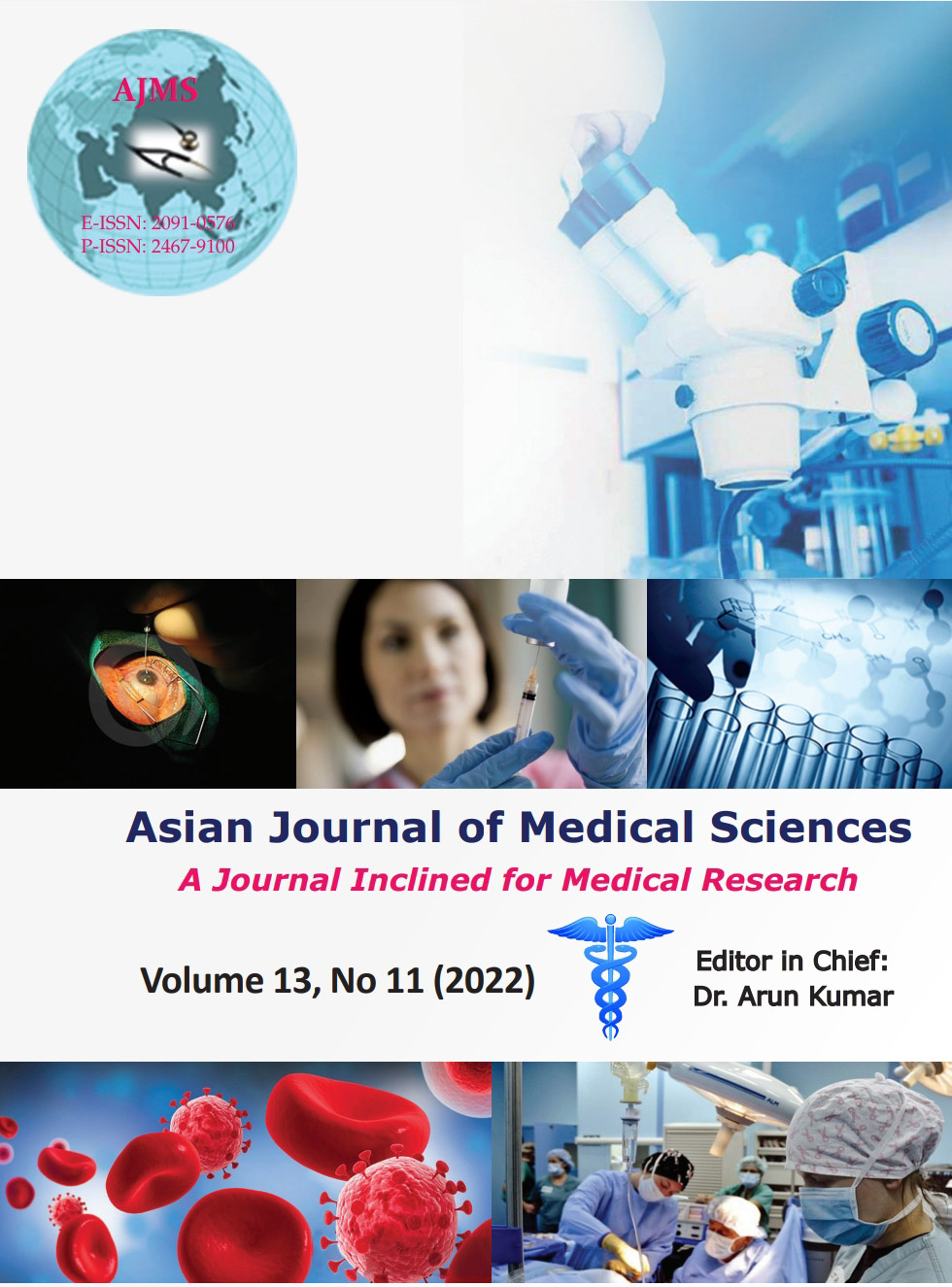Etiology, clinical profile, and immediate outcome of neonatal encephalopathy in Northeast India: A hospital-based cross-sectional study
Keywords:
Acute kidney injury; Meconium; Neonates; Risk factors; SeizuresAbstract
Background: Neonatal encephalopathy (NE) is one of the important causes contributing to neonatal death and disability. Knowledge about associated probable risk factors of NE will be helpful in developing strategies for proper intervention and early management.
Aims and Objectives: This study aims to describe the etiology, clinical features, and immediate outcomes of NE in the northeastern part of India.
Materials and Methods: This hospital-based, cross-sectional observational study included cases of NE beyond 35 weeks of gestation from February 2018 to July 2019. Demographic profiles, risk factors, clinical features, laboratory investigations, imaging, and outcome data were collected and analyzed.
Results: A total of 82 patients comprising males (59.7%) and females (40.2%) were included in the study. The mean age of gestation in weeks is 37.60±3.5 SD. Meconium-stained liquor was the most frequent etiology (n=30; 36.5%), followed by dyselectrolytemia (n=8; 9.7%), abnormal hydramnios (oligo or poly) (n=5.6%), and twin pregnancy and instrumental delivery (n=4; 4.8%). Seizures (n=37; 45.1%) were the most common presentation followed by respiratory distress or difficulty (n=25; 30.4%). Around 41.4% suffered from dyselectrolytemia followed by positive sepsis screening of 39%. Most of the cases (87.8%) were discharged after receiving appropriate treatment.
Conclusion: The prevalence of neonates with NE as noted in this hospital-based, cross-sectional study was 2.8%. It was found that in most cases, the probable causative factors occurred during the antenatal and intranatal period. Convulsions were the most common clinical presentation among the affected neonates. Most of the admitted neonates had dyselectrolytemia, suggesting that the renal system was predominantly affected, while the immediate outcome was satisfactory.
Downloads
Downloads
Published
How to Cite
Issue
Section
License
Copyright (c) 2022 Asian Journal of Medical Sciences

This work is licensed under a Creative Commons Attribution-NonCommercial 4.0 International License.
Authors who publish with this journal agree to the following terms:
- The journal holds copyright and publishes the work under a Creative Commons CC-BY-NC license that permits use, distribution and reprduction in any medium, provided the original work is properly cited and is not used for commercial purposes. The journal should be recognised as the original publisher of this work.
- Authors are able to enter into separate, additional contractual arrangements for the non-exclusive distribution of the journal's published version of the work (e.g., post it to an institutional repository or publish it in a book), with an acknowledgement of its initial publication in this journal.
- Authors are permitted and encouraged to post their work online (e.g., in institutional repositories or on their website) prior to and during the submission process, as it can lead to productive exchanges, as well as earlier and greater citation of published work (See The Effect of Open Access).




